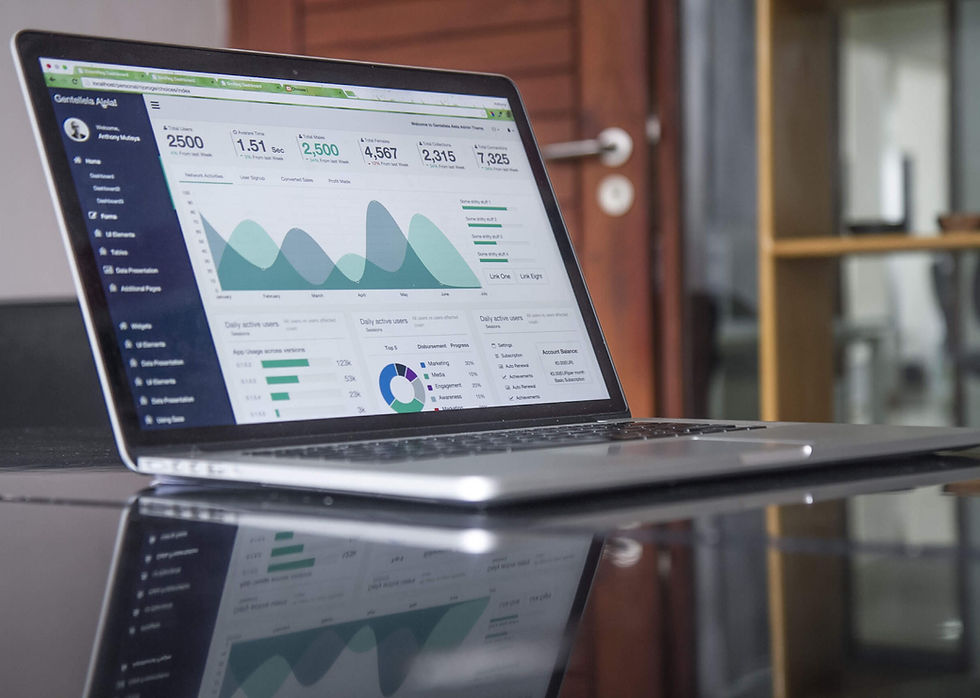How do you collect and codify big data?
- DeeDee Perrott
- Jan 28, 2021
- 2 min read
Updated: Feb 14, 2021
Many companies are collecting data in attempt to leverage what they can learn about their customers to apply product development improvement, and business process improvement.

Below are some common ways that companies are using to collect data.
Loyalty Program
When you swipe your credit card or loyalty cards, your purchase information is also being stored. Overtime, this creates a purchasing profile for the retailers where the customer's purchasing habit such as what kinds of products they like, and what price do they feel most comfortable, is tracked and stored. Retailers can then provide more information potentially on their mobile apps regarding rewards and discounts on products they like.
Gameplay
When you play video games, even if you are a single-player, each time to click the in-app purchase button, or delete/install/re-install an app, that information is tracked and stored as well. In this way, game developers can better design their game to keep players more engaged.
Email Inbox
Emails are also scanning for keywords and providing you with personalized marketing emails. As per the study of McKinsey & Company, more than 200 engagements over the period of five years shows that companies that always put data at the core of overall sale decisions and email marketing, increase their marketing ROI by almost 20%.
Social Media Activity
Social networks are one of the biggest sources of collecting consumer ‘big data’. Just to give you an idea, an average user of these platforms easily spends around 2 – 3 hours daily, with their activities online showing a lot about them. All of these websites are a large provider of big data. It is common for users to willingly reveal their information about personal lives to these services.



Thanks for your comments Brittany. You have pinpointed some of the key downsides or risks with big data use. There are many exciting possibilities with the use of big data in understanding trends and there are also inherent risks associated with relying on the analysis of this information to make decisions for us. This Forbes article from May 2019 (https://www.forbes.com/sites/audreymurrell/2019/05/30/big-data-and-the-problem-of-bias-in-higher-education/?sh=3ab3d94c5758)
describes some of the biases that can exist with the use of predictive analytics. The power in big data should not be taken lightly and decisions should be reviewed and reflected upon to understand any inherent biases that might be present.
Big data can be very powerful for understanding consumer trends in cities and towns. At the same time, analysts can be drawn into tangents if selected areas of the data are overlooked or underrepresented. A correlation does not prove causation. It's not surprising when big data brings about more questions vs answers to what is or may be happening within markets.